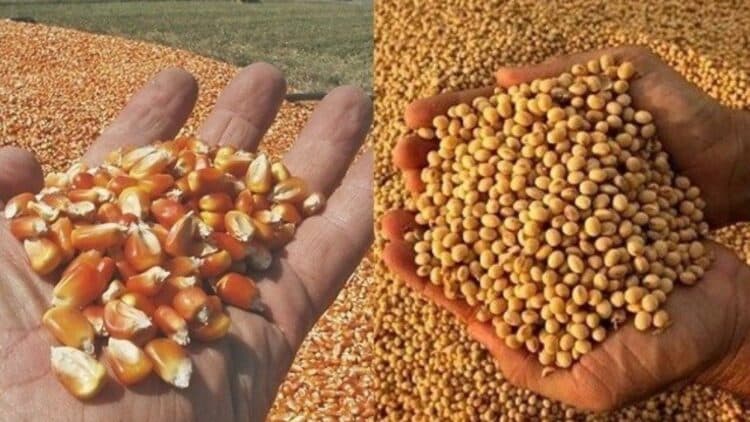Solomon Hsiang, professor of global environmental policy at the Stanford Doerr School of Sustainability, has conducted a study aimed at addressing the problems resulting from rising temperatures on Earth due to global warming, specifically those related to crop production. Over 8 years, crops such as corn, soy, rice, wheat, cassava, and sorghum have been analyzed in more than 12,000 regions across 54 countries. They also measured how much and in what way farmers were able to adapt to these changes. The results determined that for every degree Celsius increase in Earth’s temperature, global food production decreases by an average of 120 calories per person per day.
Other relevant voices, such as Andrew Hultgren, assistant professor of agricultural and consumer economics at the University of Illinois Urbana-Champaign, have also participated in the study. The results have been commented on by other fellow researchers, such as Shelby McClelland, a researcher specializing in climate change and agriculture at New York University, who emphasizes the importance of the obtained results, or Erin Coughlan de Perez, an associate professor at Tufts University who specializes in climate risk management, who pointed out that changes in crops or sowing dates were not taken into account.
The findings of the study add to the numerous studies that have already been conducted on agricultural production, according to the assessments of Tim Lang, emeritus professor of food policy at City St George’s, University of London.
Global warming and agricultural production
It is no surprise that food crops around the world are suffering the consequences of rising global temperatures caused by climate change. The data are particularly concerning in the United States, where crop production is expected to fall by up to 50% by the end of the century. After eight years, the professor of global environmental policy at Stanford’s Doerr School of Sustainability, Solomon Hsiang, has conducted a study on this matter, and according to him, it is “the first attempt to really tackle both problems”.
After eight years of study, the crops analyzed include soybeans, rice, corn, wheat, cassava, and sorghum in more than 12,000 regions across 54 different countries. Altogether, these crops provide more than two-thirds of humanity’s calories. The conclusions of the study are more than conclusive: for every degree Celsius that the Earth’s temperature rises above pre-industrial levels, global food production will decrease by an average of 120 calories per person per day.
According to Hsiang, “This will cause prices to rise and make it harder for people to access food. If the climate warms by 3 degrees, that’s basically like everyone on the planet skipping breakfast. The world is currently on track for about 3 degrees of warming by the end of the century”.
Consequences of the temperature increase
According to the study results, if humans continue burning fossil fuels, corn production could drop by 40% in the U.S. cereal belt, eastern China, Central Asia, southern Africa, and the Middle East; wheat production could fall by 40% in the U.S., China, Russia, and Canada; and soybean yields could decrease by 50% in the U.S. The only crop that might adapt to these high temperatures would be rice. According to Hsiang, “Global warming will be particularly devastating for the United States, where it is projected to reduce yields by between 40% and 50% for all staple crops except rice”.
What opinions has the study sparked?
According to a researcher specialized in climate change and agriculture at New York University who did not participate in the research, Shelby McClelland, “The authors show that the current decision-making regarding adaptation is insufficient to ensure future food security.” On the other hand, Erin Coughlan, an associate professor at Tufts University who specializes in climate risk management, commented that one limitation of the study is that it does not take into account two important climate adaptations: crop switching or changes in planting dates.
In the United States, for example, corn and soybean crops have shifted northward. These changes could offset more climate impacts. Meanwhile, Tim Lang, emeritus professor of food policy at City St George’s, University of London, stated that the findings add to a long list of alarming research on the global food system. Hsiang hopes that the study will be useful in providing evidence about the reality that crops are facing and the need to provide solutions.
